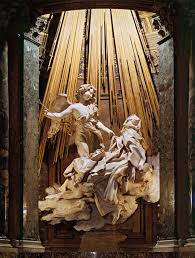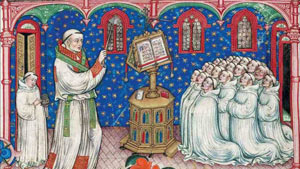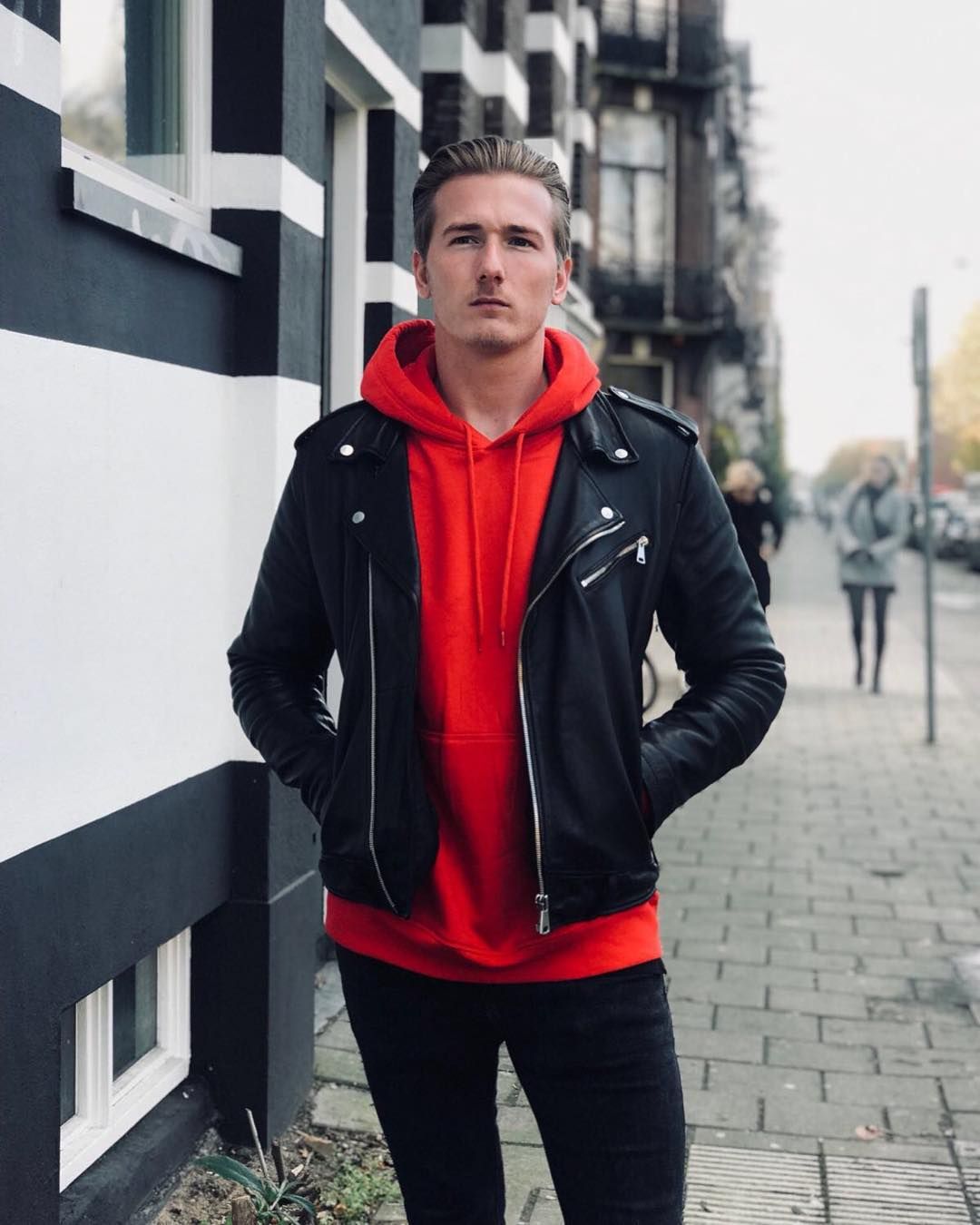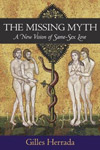

|
Contact Us Table of Contents Search Site Google listing of all pages on this website Site Map Toby Johnson's Facebook page Toby Johnson's YouTube channel Toby Johnson on Wikipedia Toby Johnson Amazon Author Page  Secure site at https://tobyjohnson.com Also on this website: As an Amazon Associate
I earn from qualifying purchases. Toby Johnson's books: Toby's books are available as ebooks from smashwords.com, the Apple iBookstore, etc. FINDING
YOUR OWN TRUE MYTH: What I Learned
from Joseph Campbell: The
Myth
of the
Great Secret
III GAY SPIRITUALITY: The Role of Gay Identity in the Transformation of Human Consciousness
GAY PERSPECTIVE: Things Our Homosexuality Tells Us about the Nature of God and the Universe
SECRET MATTER, a sci-fi novel with wonderful "aliens" with an Afterword by Mark Jordan
GETTING
LIFE IN PERSPECTIVE:
A
Fantastical Gay Romance set in two different time periods
THE FOURTH QUILL, a novel about attitudinal healing and the problem of evil TWO SPIRITS: A Story of Life with the Navajo, a collaboration with Walter L. Williams CHARMED LIVES: Spinning Straw into Gold: GaySpirit in Storytelling, a collaboration with Steve Berman and some 30 other writers THE MYTH OF THE GREAT SECRET: An Appreciation of Joseph Campbell
IN SEARCH OF GOD IN THE SEXUAL UNDERWORLD: A Mystical Journey FINDING
GOD IN THE SEXUAL UNDERWORLD: The Journey Expanded
Books on Gay Spirituality: White Crane Gay Spirituality Series
Articles and Excerpts:
Review of Samuel Avery's The Dimensional Structure of Consciousness Funny Coincidence: "Aliens Settle in San Francisco" About Liberty Books, the Lesbian/Gay Bookstore for Austin, 1986-1996 The Simple Answer to the Gay Marriage Debate A Bifurcation of Gay Spirituality Why gay people should NOT Marry The Scriptural Basis for Same Sex Marriage
Gay ConsciousnessQ&A about Jungian ideas in gay consciousness What Jesus said about Gay Rights Common Experiences Unique to Gay Men Is there a "uniquely gay perspective"? Interview on the Nature of Homosexuality What the Bible Says about Homosexuality Mesosexual Ideal for Straight Men Waves of Gay Liberation Activity Wouldn’t You Like to Be Uranian? The Reincarnation of Edward Carpenter Why Gay Spirituality: Spirituality as Artistic Medium Easton Mountain Retreat Center Andrew Harvey & Spiritual Activism The Mysticism of Andrew Harvey
Enlightenment
Joseph Campbell's description of Avalokiteshvara You're Not A WaveJoseph Campbell Talks about Aging What is Enlightenment? What is reincarnation? How many lifetimes in an ego? Emptiness & Religious Ideas Experiencing experiencing experiencing Going into the Light Meditations for a Funeral Meditation Practice The way to get to heaven Buddha's father was right What Anatman means Advice to Travelers to India & Nepal The Danda Nata & goddess Kalika Nate Berkus is a bodhisattva John Boswell was Immanuel Kant Cutting edge realization The Myth of the Wanderer Change: Source of Suffering & of Bliss World Navel What the Vows Really Mean Manifesting from the Subtle Realms The Three-layer Cake & the Multiverse The est Training and Personal Intention Effective Dreaming in Ursula LeGuin's The Lathe of Heaven Gay
Spirituality
|
This article is excerpted from a much longer review of Gilles Herrada's wonderful book The Missing Myth, which is posted elsewhere on this website. Click here for the full review. Gilles Herrada and Michel Foucault defined their models of homosexuality in the past as transgenerational and transgender sexuality based on anal penetration. I think this misses what is a much larger manifestation of homosexuality in human history. Maybe I am over-generalizing my own perspective, but I think I am sensitized to an alternative form of homosexual experience by some seven years as a Catholic seminarian/monk (1963-1970) at the very end of the era when everything changed—Catholic and otherwise. I would like to call this alternative homosexuality “monastic” or chaste. Some of what I imagine monks in the Middle Ages may have thought may just really be just my speculation. Some of it is based on what I experienced personally as a young Catholic in religious life in the mid-1960s. I suspect like those medieval monks, I was very naive and ignorant about sex. I had never heard the words for sex in my Catholic catechism classes. (I joke that I must have been absent the day the nun explained "purity" because for years I never understood what they were talking about.) I was totally sexually abstinent for at least 3 years in that period. In the novitiate though I fell in love with 3 or 4 of the other novices over the course of that year. I didn't know those were sexual feelings. I understood them as love for the others' goodness and beauty; I liked to look at them and I liked to be with them. I would pray to God that they like me the same way. In Catholic fashion, I offered my mortifications (like not eating dessert or kneeling extra long times or hiking with a blister on my foot) up to God in exchange for him making my beloveds better novices. I prayed for them to be saints. So to the extent that I was practicing "monastic homosexuality," maybe that is very much what the monks were feeling. I think same-sex love felt godly, and one's feelings for one's beloveds felt like one's love for God. I wanted my beloveds to love me back the way I wanted God to love me back by doing good things for me and saving me from suffering and hardship. And that's what my love for the other novices wanted for them. Same-sex love is love of equals. This article about monastic homosexuality is excerpted from a longer article about Gilles Herrada's The Missing Myth. Herrada talked at length about the traditional forms of homosexuality, like the Greek, in which one partner is "top" and older more mature, higher class, while the younger, poorer, "working-class bloke" is "bottom."I think our modern post-Stonewall, psychologically aware, "gay consciousness" is about love of equals, love of sames. It's freed from those polarities. I suggest that that kind of love of equals was what pervaded the monasteries; they were the refuges for men--and convents, for women--who loved each other with a purer love, that is, a love of equals with no one top or bottom (or maybe, both, "versatile" to use the euphemism for being both). There was nothing "sexual" about these feelings because "sexual" meant marrying and having children and raising a family. That was what our vow of chastity said we wouldn't do. The Novicemaster never said anything about the evils of sex or the wickedness of having physical pleasure. There wasn't any guilt imposed about sexual feelings. BUT we were taught to feel superior and more beloved by God for having chosen not to marry a woman and have children. It was normality that was rejected by the vows. Of course, I was terribly naive. I don't think 17 year old boys could be that naive today. The focus wasn’t on sexual organs and penetration/being penetrated because that wasn’t happening at all. It was on love and interpersonal affection. For centuries, men and women who weren’t interested in heterosexual sex and childrearing understood their lack of sexual feelings as religious vocation. The monastery and convent were the place to live a life of service without having to be sexual. Other ways of avoiding marriage included being servants, artists, tutors, teachers, sailors, travelers, etc. and, ironically, also soldiers. To the extent that Christianity and male-dominance proscribed anality of any sort as unnatural, the monks—I propose—didn’t think of themselves as not-homosexual because they weren’t fucking; fucking wasn’t part of their imagination. They experienced “homosexuality” as the formation of deep personal friendships and deep community with other monks. To them, they weren’t “having sex” if they weren’t married and procreating children. The vow of chastity, technically I was taught as a novice, is violated by getting married. Since sex outside marriage is forbidden, chastity excludes sex, but the point of the vow was to establish a lifestyle different from marriage and family. Such “monastic homosexuality” was centered on service. The monks lived lives of simplicity and service to others, in exchange for not having to be heterosexual. Who knows if they were “sexual” with one another? I can’t help but imagine that men who weren’t having sex or masturbating at all were having spontaneous emissions and wet-dreams. Males need to jettison semen  regularly, just as females have to
menstruate. To the extent any of them were affectionate
with one another, the sex would have been frottage and it would
probably have seemed accidental, and perhaps surprisingly,
enlighteningly, spiritual and ecstatic (think St. Teresa of Avila in
the Bernini statue with the angel with a golden arrow)—orgasm as altered
state of consciousness. But, again, the sex isn’t the point;
the point was the life of service with other same-sex friends without
having children. regularly, just as females have to
menstruate. To the extent any of them were affectionate
with one another, the sex would have been frottage and it would
probably have seemed accidental, and perhaps surprisingly,
enlighteningly, spiritual and ecstatic (think St. Teresa of Avila in
the Bernini statue with the angel with a golden arrow)—orgasm as altered
state of consciousness. But, again, the sex isn’t the point;
the point was the life of service with other same-sex friends without
having children.One of the classic instances of same-sex friendship from the Bible is Jonathan and David whose love passed the love of women. The Bible uses an odd phrase: “they kissed one another, and wept one with another, until David exceeded.” (1 Samuel 20: 41, King James Bible) (Other versions of the Bible translate this phrase as “and David more.”) What does “exceeded” mean? Came? Jonathan and David probably weren’t fucking; penetration and male-dominance/submission wasn’t part of the relationship. So it wasn’t “sexual.” But maybe ejaculation, exceeding oneself, was just part of being emotionally activated. Is the relationship exemplary of a kind of homosexuality that didn’t involve intercourse? There’s another Scripture passage that’s seldom mentioned in regard to homosexuality. In Revelations 14, the “one hundred and forty-four thousand” who are saved are described as singing a “new song,” that sounds like harps playing, that no one else could learn but them. “These are they which were not defiled with women; for they are virgins… And in their mouth was found no guile: for they are without fault before the throne of God. (Revelations 14: 4-5, King James Bible).  Those monks singing
Office of Choir in Gregorian chant must certainly have thought of those
lines as referring to them; they were “not defiled with women.” They
were virgins—meaning they weren’t married. And Benedictine monks of the
Middle Ages took a vow called “conversion of manner,” meaning to do
everything the best way; they were “without fault.” When I was in the
novitiate in the early ’60s, I learned that being unmarried was a
higher state of life; it allowed one to live a life of service that
wasn’t about one’s own progeny, i.e., vested in replicating one’s
own genes. It was a life of community, not domesticity, a life outside
the power dynamic between men and women, a life—obviously—for men and
women who weren’t interested in the opposite sex and explained this to
themselves as a religious vocation. Those monks singing
Office of Choir in Gregorian chant must certainly have thought of those
lines as referring to them; they were “not defiled with women.” They
were virgins—meaning they weren’t married. And Benedictine monks of the
Middle Ages took a vow called “conversion of manner,” meaning to do
everything the best way; they were “without fault.” When I was in the
novitiate in the early ’60s, I learned that being unmarried was a
higher state of life; it allowed one to live a life of service that
wasn’t about one’s own progeny, i.e., vested in replicating one’s
own genes. It was a life of community, not domesticity, a life outside
the power dynamic between men and women, a life—obviously—for men and
women who weren’t interested in the opposite sex and explained this to
themselves as a religious vocation.That model of homosexuality as asexuality exists well beyond the medieval monastery. It’s come down to us until quite recently as reverence for people who gave up sex for service: teachers and priests, nurses and nuns, etc., etc. I think such a model is actually one of the great mythoi of homosexuality. When I lived in San Francisco in the late nineteen-seventies, there was a style fad among gay men of wearing hooded sweatshirts under leather jackets.  It’s
always cold in San Francisco; layering is part of the dress code. It
gave all the men in the Castro a certain monk-like look with cowls
sticking up around the backs of their necks. Former monastics all. It’s
always cold in San Francisco; layering is part of the dress code. It
gave all the men in the Castro a certain monk-like look with cowls
sticking up around the backs of their necks. Former monastics all.(Here's a photo of a guy in a red sweatshirt; I wore dark maroon myself, a Tibetan Buddhist color.) And I cannot help but think the traits of artistic talent, perfectionism and fastidiousness that seems so iconic for gay men—even when spoofed like Felix, the neat-freak, in Neil Simon’s The Odd Couple—is a resonance of the monastic vow of "conversion of manners" which meant always doing things the right way, the best way. My spiritual imagination resonates with the myth of reincarnation. While I don't think "souls" move from one body in one lifetime to another body in another life—traditional reincarnation, Vedanta-style—I do think the lives of the people who have lived before us affect us—and do so at the "karmic" level. We resonate to the "vibes" their lives set off. Some day science will understand this, perhaps the way we understand DNA now. At present, it sounds sort of mystical and woo-woo. I think a lot of gay people resonate with that myth of monastic homosexuality. And their sexual lives are not about sex and power, but about love and affection. That doesn't mean not being sexual, but probably does mean that the sex and lovemaking is based in love of equals.  Read the full review of The Missing Myth  Read Toby Johnson's article Why Gay Men Reincarnate Read Toby Johnson's nostalgic, and occasionally funny, recollections of his novitiate with the Society of Mary (Marianists) in 1963: Novitiate at Marynook
The Daily Schedule Read about Toby's visionary experience at the Servites' Novitiate in Riverside in 1968: Intimations
Toby Johnson's novel Getting Life in Perspective contains an episode about an innocent, if troubled, sexual/romantic adventure in a fictional Catholic seminary in the mid-1800s. |
![]()
Toby Johnson, PhD is author of nine books: three non-fiction books that apply the wisdom of his teacher and "wise old man," Joseph Campbell to modern-day social and religious problems, four gay genre novels that dramatize spiritual issues at the heart of gay identity, and two books on gay men's spiritualities and the mystical experience of homosexuality and editor of a collection of "myths" of gay men's consciousness.
Johnson's book
GAY
SPIRITUALITY: The Role of Gay Identity in the Transformation of
Human Consciousness won a Lambda Literary Award in 2000.
